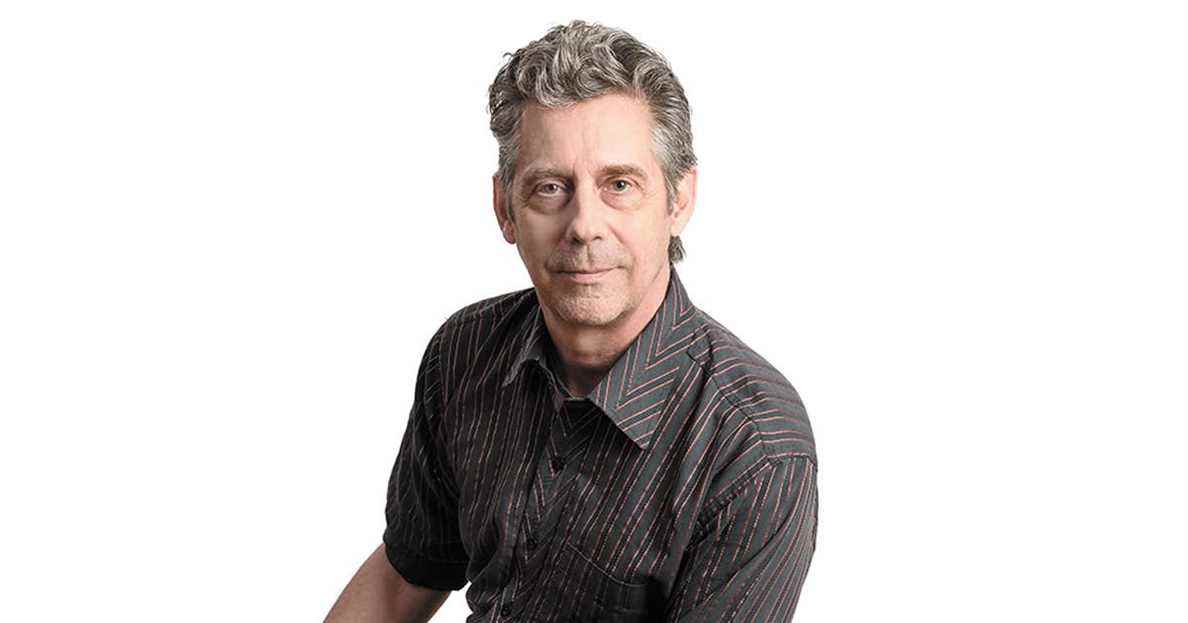“Unprecedented” pressure is now being exerted on a global scale on land and water resources “pushed to the limit of their production capacities”, warns in a new report the Organization of United Nations for Agriculture and Food (FAO), foreshadowing deleterious food subsistence problems if nothing is done “urgently” to apply lasting solutions.
Climate fatigue combined with pandemic fatigue, the FAO report, published in early December, is another cry of alarm that we would not like it to resonate like a cry in the desert, after the (too) small steps accomplished at the Climate Conference (COP26) held in November in Glasgow, Scotland. Our acclimatization to environmental degradation, backed by a history of pollution dating back to the advent of the Industrial Revolution in the 19th century.e century, does not make the dangers that threaten humanity any less real.
Report title: Systems on the verge of failure. South Asia, sub-Saharan Africa and Latin America are the regions most affected by human-induced land degradation. Read low- and middle-income countries first. Salinization, pollution by pesticides, overexploitation of rivers and aquifers: the current patterns of intensification of agriculture are everywhere unsustainable, warns the FAO, while the world population continues to grow.
The drying up of the Aral Sea in Central Asia, once one of the largest lakes in the world, literally emptied for the purpose of irrigating cotton crops, is a glaring example. In Africa, the disappearance of the immense Lake Chad, where 40 million people live, is another. On the Indus and Ganges plain, inhabited by 600 million people, groundwater is pumped at a terrifying rate, at the same time that much of this water is unfit for consumption due to contamination by the salt and arsenic. So many reminders that issues of quantity are linked to those of quality and that environmental challenges also concern social justice and the fight against poverty.
Other apocalyptic data, with regard to population growth: the climate experts of the UN (IPCC) have already calculated that the world is exposed to a water deficit of 40% by only 2030. Concurrently, the FAO assesses that the level of food production will have to increase by 50% by 2050 to meet growing global demand, in a context where agriculture is by far the largest consumer of fresh water on the planet. Look for the error… This problem is all the more inextricable as soil fatigue is compounded by the disappearance of arable land due to urbanization.
As such, Quebec is perhaps far from suffering from “water stress” comparable to those experienced by Africa or Asia, but it is certainly part of the problem with regard to suburbia and urbanization. urban sprawl, as the documentary very clearly describes Quebec, asphalt land.
There would be reason to be more optimistic for the rest of things if the COP26 in Glasgow had been less stagnant; if the question of “loss and damage” had not been swept under the carpet by the rich countries, namely the irreversible damage caused by climate change (drought, floods, hurricanes, etc.) for which developing countries are the least responsible while undergoing the worst effects; and if, on the other hand, these rich people had finally kept their promise, made 12 years ago, to mobilize 100 billion US dollars per year to help poor countries adapt to climate change.
The FAO wants to believe that, despite the fact that “the room for maneuver is narrow”, the trend can still be reversed by greener and better coordinated practices. Either there are solutions: management of flood plains and rainwater, development of intensive organic agriculture… These solutions are put into practice here and there, but in a way too fragmented to play a decisive role. The essential government-business-international coordination is still very much lacking. Beyond that, many know, but many still refuse to admit that a way out of the crisis cannot happen without radical and fundamental reorganization of our economies based on fossil fuels, the military industry and the agrifood industry – without de-globalization. economic circuits favoring agricultural development at the level of countries and regions.
Are we going to continue to sink or not? When is the fear of leaving its skin there – fear as an injunction to act – finally going to tear us away from ostrich syndrome?
